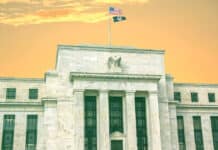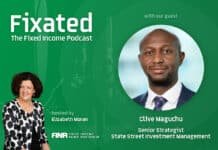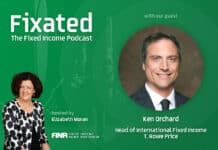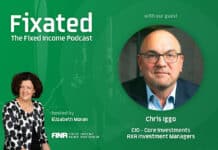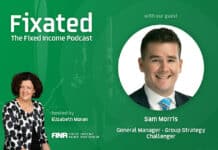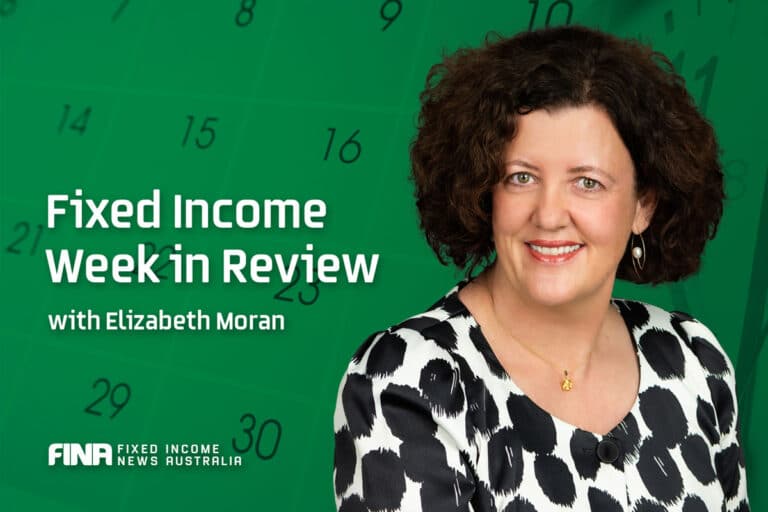
A common question I’ve received over the years is how much investors should allocate to fixed income. The percentage depends on your goals, age, and risk appetite. With share markets at all-time highs, I’m nervous about a correction, so I’m currently increasing my fixed income allocation.
This week I’ve been tinkering with AI and asked Microsoft Window’s Co-Pilot how a 60-year-old, looking to retire with a $2 million nest-egg should invest. Here’s part of the response:
A well-diversified portfolio helps manage risk and provides opportunities for steady growth. As you near retirement, consider a mix of the following:
- Equities (Stocks): Aim for 40-60% of your portfolio, focusing on large-cap, dividend-paying, and value stocks for stability and income. International exposure can add further diversification.
- Bonds and Fixed Income: Allocate 30-50% to a blend of government, municipal, and high-quality corporate bonds, as well as bond funds or ETFs. These provide steady income and reduce volatility.
- Cash and Cash Equivalents: Keep 5-10% in cash, money market funds, or short-term CDs for emergency needs and liquidity.
- Alternative Investments: Consider a modest allocation (up to 10%) to real estate, REITs, or other alternatives for inflation protection and uncorrelated returns.
The bonds and fixed income suggested allocation of 30-50% is higher than I anticipated but what I would consider as about right.
This week, Thomas Poullaouec from T. Rowe Price is back with his popular monthly, global asset class allocation report, which continues to show an overweight bias towards bonds.
The US Fed Reserve’s Jackson Hole symposium starts this week, and there’s much contention about Fed Chair Jerome Powell’s speech on Friday. The Fed’s way forward is unclear with mixed economic signals as Benoit Anne from MFS Investment Management discusses.
There’s plenty of talk about how investors can replace hybrid income as the securities are phased out. Even though they are complex securities, they are still rated investment grade, so discussion of replacing them with much higher risk non-investment grade alternatives isn’t necessarily the best option. Escala Partners suggests considering a ‘better investment that has been hiding in plain sight’.
Finally, we report on the ongoing inflows to ETFs, up 34% or $73.6 billion over the last year.
Have a great week!










